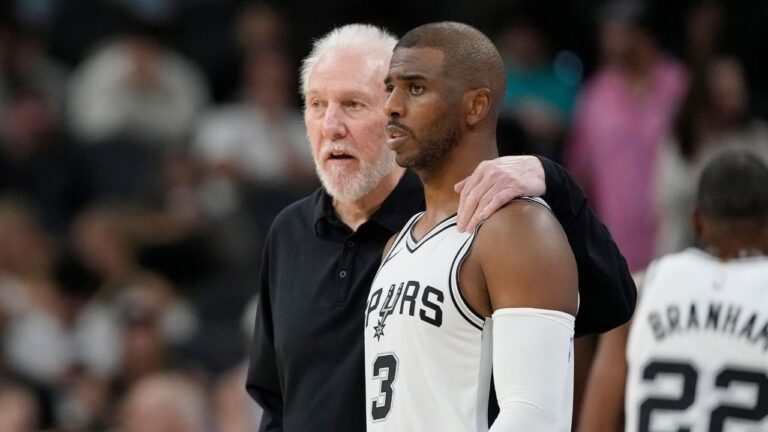Predicting prop bets is often easier for AI than predicting game lines due to the inherent differences in data complexity, player-specific focus, and volatility. Here’s an in-depth look at why this distinction makes prop bets a more accessible target for AI models.
1. Data Specificity and Predictable Patterns in Prop Bets
Prop bets, or proposition bets, typically focus on specific outcomes related to individual players or events within a game, such as the number of points a basketball player will score, the passing yards for a quarterback, or the number of rebounds for a specific player. These bets rely on smaller, more focused datasets than full game outcomes, often based on measurable player statistics, past performances, and situational factors.
- Narrow Scope: AI models can better analyze player-centric prop bets because the relevant features are narrower and more specific, such as a player’s past performance against a particular team, current form, or recent injury status. This specificity allows AI models to draw more accurate inferences compared to analyzing broader game outcomes influenced by various dynamic factors.
- Stable Predictive Features: Key features for prop bets, like shooting percentage or rushing yards, have relatively stable averages across games and seasons. This stability aids AI in developing predictions with greater accuracy.
2. Fewer Variables Compared to Game Lines
Game lines, which include betting on the point spread or predicting the outright winner, require AI to consider an intricate web of variables. Team dynamics, coaching decisions, weather conditions, and in-game injuries can all impact the outcome, making prediction much harder.
- Game Complexity: Entire game outcomes are influenced by numerous players and a mix of unpredictable factors. Variations in team synergy, late-game decisions, or momentum shifts are challenging for AI to quantify accurately.
- Multi-Player Interactions: Game lines need to account for the actions and interactions of all players on both teams, making it difficult to isolate direct influences, especially in high-stakes or tight games where both teams might have equal chances of winning.
3. Reduced Impact of Outlier Events
Prop bets for a player’s performance are less likely to be skewed by unusual events that affect a game’s final outcome. A strong defensive play, a critical coaching decision, or a weather impact might shift a game’s result unpredictably, whereas a player’s performance-based prop is more straightforward and less susceptible to such swings.
- Player-Specific Outcomes: Predicting if a player will achieve a certain stat line is generally a more controlled environment for AI, which has historical data on individual player performance under various conditions.
- Game Line Variability: The nature of game line predictions often involves the interplay of team-level strategies and adjustments that can suddenly alter the expected outcome—variables that are challenging to quantify consistently for AI.
4. Prop Bets Leverage Statistical Modeling Better
AI models shine with statistical prediction when they have access to abundant, high-quality data on repeatable events, which is precisely what player prop data offers. By focusing on statistics and trends, AI can isolate and model probabilities effectively.
- Time Series and Probabilistic Modeling: Prop bets, which are often isolated around a player’s performance in different metrics, align well with time-series modeling, Bayesian probability, and other machine learning techniques suited for predicting outcomes based on statistical trends.
- Training Models on Consistent Patterns: AI can use historical data to spot repeatable player patterns that may not hold for overall game predictions. For example, a player’s tendency to perform well against certain types of defenses allows for more predictive power in a prop bet than in predicting an entire game outcome.
In Summary
Prop bets are easier for AI to predict because they focus on specific, measurable actions that AI can model more directly. In contrast, game line predictions require an AI to tackle complex interactions, team dynamics, and volatile game conditions, which introduce more uncertainty and make accurate prediction difficult.



